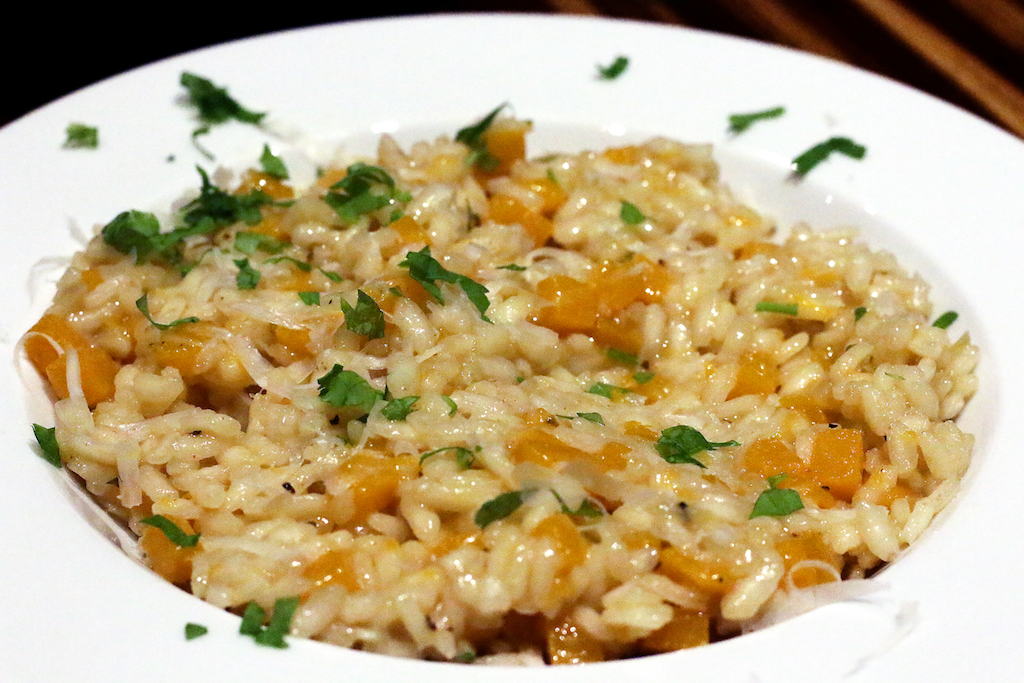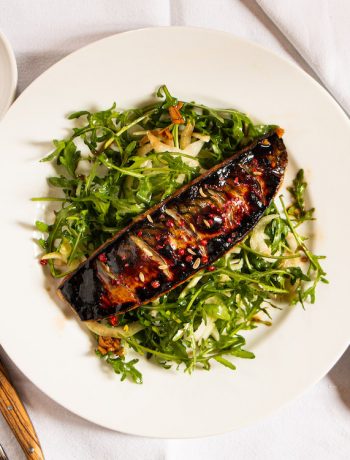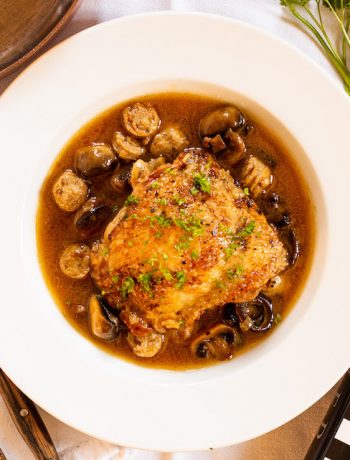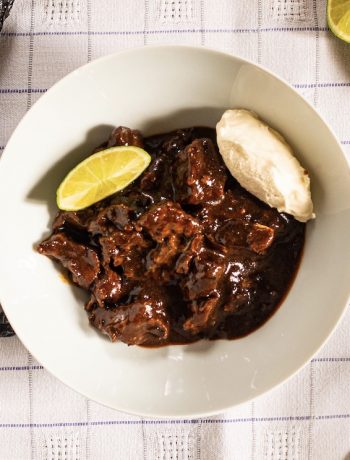Rice is not really native to Italy. The Romans were using it for medicine, but this was rice they imported through trade. Food historians have generally settled on the idea that Italian rice came from Aragon in Northern Spain. The Aragonese settled in Campania (around modern-day Naples) in the 1400s. The first record of rice being grown in Italy comes from a letter written in 1475 by Galeazzo Maria Sforza, Duke of Milan. In the letter he handles an order for 12 sacks of rice to be sent to the Duke of Ferrara. Sforza died a year after this letter was written, hopefully not from food poisoning which is very easy to acquire from reheated rice.

Rice now predominates in the North of the country where it is popular in Milan, Turin and Venice. Italian rice is grown in the Po Valley paddy fields (risaie) where all of the water is run-off from the Alps. The abundant supply of rice from the Po area meant that relatively little pasta was eaten in the North of Italy until the mid 1900s. After that, pasta went viral and every started eating it regardless of location. Folks in the South still largely ignore rice dishes (with a handful of exceptions); nevertheless, even today, Italy remains one or the world’s biggest producers of rice.
Risotto did not come on the scene until long after the death of Galeazzo Maria Sforza. Until the 1800s, rice was mainly an ingredient for soup. Some time between 1850 and 1854, Giovanni Vialardi, head chef for the Kings of Sardinia and Italy during the unification of the country, wrote a recipe for risotto alla Piedmontese that follows the basic principles of modern risotto, but uses a s**tload of butter. At about the same time, Pellegrino Artusi wrote 13 recipes for risotto, with many classic dishes among them.

Risotto is one of those things where is pays to understand why you are doing things a certain way using certain ingredients. A classic risotto should be a warm pile of rice grains all’onda (‘with waves’), just barely creamed together, and ever so slightly al dente. Achieving that result comes from careful handling of the starch in the rice. In essence, riso is combined with a soffrito (usually fat and shallots), and a brodo (warm stock) is gradually added while constantly stirring, until we get to the al-dente rice all’onda.
The best varieties for risotto are short, starchy grains like Arborio, Vialone Nano, Roma and Carnaroli. Risotto rice should never be rinsed, as this will remove too much of the starch. The best rice will coat your finger with starch if you dip it in the dry ingredient. Salt is never added until the end, and similarly unsalted butter is used in the soffrito. This is critical because salt toughens the rice and makes it difficult to cook. The dish must be stirred pretty much continuously for the duration of the cooking. Wine, if used, ought to be added to the soffrito before the brodo is added to ensure that the alcohol is burnt off any acidity is knocked back.
Risotto alla zucca violina
Ingredients
- 2 garlic cloves, minced
- 25g unsalted butter
- 2 tsp olive oil
- 100ml dry white wine
- 6 shallots, peeled and finely chopped
- 500g butternut squash, diced
- 350g arborio risotto rice
- 1l hot vegetable stock (it can be helpful to have a bit extra)
- Sea salt and freshly ground black pepper
- 1 handful of fresh flat-leaf parsley, chopped
- 4 tbsp freshly grated Parmesan
Instructions
Fry the garlic in the butter and oil until coloured. Add the shallot, squash and wine, and cook gently so that the squash is very nearly cooked.
Add the rice and stir to coat in the squash mixture. Add ladlefuls of hot stock one at a time, stirring continuously, until it is all used up and the rice is creamy. Stir in some salt and pepper, the parsley and Parmesan.
Cover for 1 minute to allow the rice to rest, then serve at once on warmed plates.






No Comments